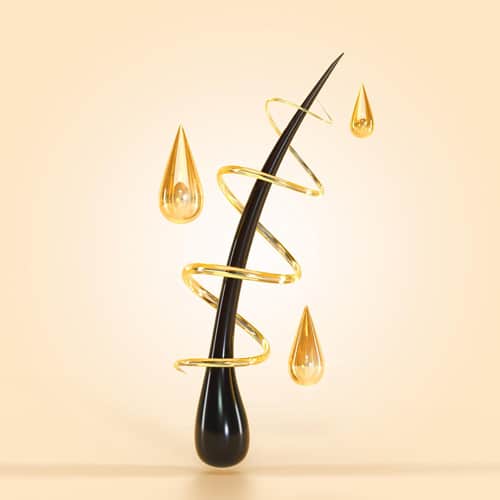
Human skin contains water, and, accordingly, has its own acid-base balance, which is indicated by pH. The acid-base environment in the skin performs functions comparable to the functions of local immunity: it fights pathogenic flora and harmful microorganisms, protects the skin, and destroys infections. In addition, it helps maintain sufficient moisture content, keeping the skin nourished and healthy.
pH (hydrogen ionization potential) is a measure of the acidity or alkalinity of a substance and is measured on a scale of 0 to 14. A pH value of 7 is considered neutral. pH values below 7 indicate acidity, and values above 7 indicate alkalinity.
Skin’s natural pH:
Healthy skin has a naturally acidic pH, typically between 4 and 6. This is a slightly acidic environment that helps maintain the skin barrier and protects the skin from harmful microorganisms and the environment. This acidic pH is created by the skin’s secretion of fats, so-called natural humectants, which contain fatty acids.
Skin pH value for hair:
The scalp has its own natural pH, which is maintained by the body’s self-regulating mechanisms. The pH value of the scalp is usually in the range of 4.5 to 5.5, which is slightly acidic.
As for hair, it has a slightly more alkaline pH, usually around 5.5 to 6.5. This is due to differences in the structure of the scalp and the hair itself, and the natural pH of the hair allows it to retain moisture well and maintain structural strength.
The effect of pH on skin and hair:
Maintaining the correct pH is important for healthy skin and hair. When pH gets out of balance, it can lead to various problems:
Dryness: If the pH of the skin becomes highly alkaline (greater than 7), it can break down the skin’s natural barrier, leading to moisture loss and dryness.
Irritation: An acidic pH can help reduce skin irritation and prevent various skin problems.
Cosmetic Issues: Skin and hair pH mismatch can affect the appearance of hair, making it less shiny and more susceptible to damage.
Skin and hair care:
Shampoos and cleansers: Choose mild shampoos and cleansers that do not shift the pH of the skin and hair too far out of balance.
Moisturize: Use moisturizers and masks to maintain the natural moisture of the skin and hair.
Keeping the balance: Make sure that your skin and hair care does not shift the pH too much to one side or the other.
It is important to remember that everybody is unique and skin pH can vary slightly from person to person. If you have any skin or hair problems, see a professional trichologist or dermatologist for an assessment of your individual condition and for advice on care.
How to determine skin pH?
The easiest way to determine the pH of the skin is simply by the condition of the skin itself. Tightness, dryness, peeling indicate an excess of acid and a low pH, and oily sheen, enlarged pores and blackheads indicate an overestimated pH and the predominance of alkali.
With greater reliability, the acid-base balance of the skin is determined by special pH meters, or pH testers. They are used in beauty parlors and should be tested by an experienced beautician.
Why is it important to maintain the correct pH?
Acid-base balance is important for healthy looking skin and normal well-being. If it is violated, it can lead not only to an unaesthetic appearance, but also to serious skin diseases. If the pH deviates towards the acid, it can provoke psoriasis, dehydration of the skin, the occurrence of microtraumas and cracks. Acne, dermatitis and comedones are due to excess alkali.
What can change the pH of the skin?
Problems with skin pH can occur due to an unbalanced diet, improper care, bad habits, non-compliance with the daily regime, and some diseases.
Also, the poor ecology of modern cities, poor-quality water, and ultraviolet often have a negative impact.
How to restore pH?
Balance the daily routine. Make sure that sleep falls at night, passes with the lights off, and is at least 7-8 hours.
Stick to a healthy diet, do not get carried away with diets, because. there is an imbalance of the whole organism. Vegetables and fruits, cereals, dairy products and meat, fish, with moderate consumption, will help maintain the acid-base balance of the skin is normal.